Our Galaxy is on a collision course.
In about 5 billion years, it's set to collide with our galactic neighbour, the Andromeda Galaxy, the two galaxies merging together to form one.
At least, that's what scientists used to think. A recent study suggests that the Andromeda-Milky Way collision might not be inevitable after all.
More amazing collisions

Also, if it does happen, it might not occur for another 10 billion years, the study found.
But how is it possible to predict whether such an enormous collision will actually happen, so far into the future?
We asked Professor Alis Deason of Durham University in the UK – who was involved in the study – to tell us more.

Why do galaxies collide?
The short answer is gravity. Galaxies collide fairly often, and it's dictated by the force of gravity.
Something that has mass has gravity, and the more massive something is, the more gravity it has.
That's why objects in space tend to fall together and merge to form bigger things.
Does this mean galaxies are moving through space? Moving through the Universe?
They are. Actually the whole Universe is expanding, but there are places within the Universe where there's so much mass, that large objects group together to form bigger objects.
Our own Galaxy, for example, is in what we call a Local Group, and it's got other galaxy systems around it.
And these are all gravitationally attracted to each other.
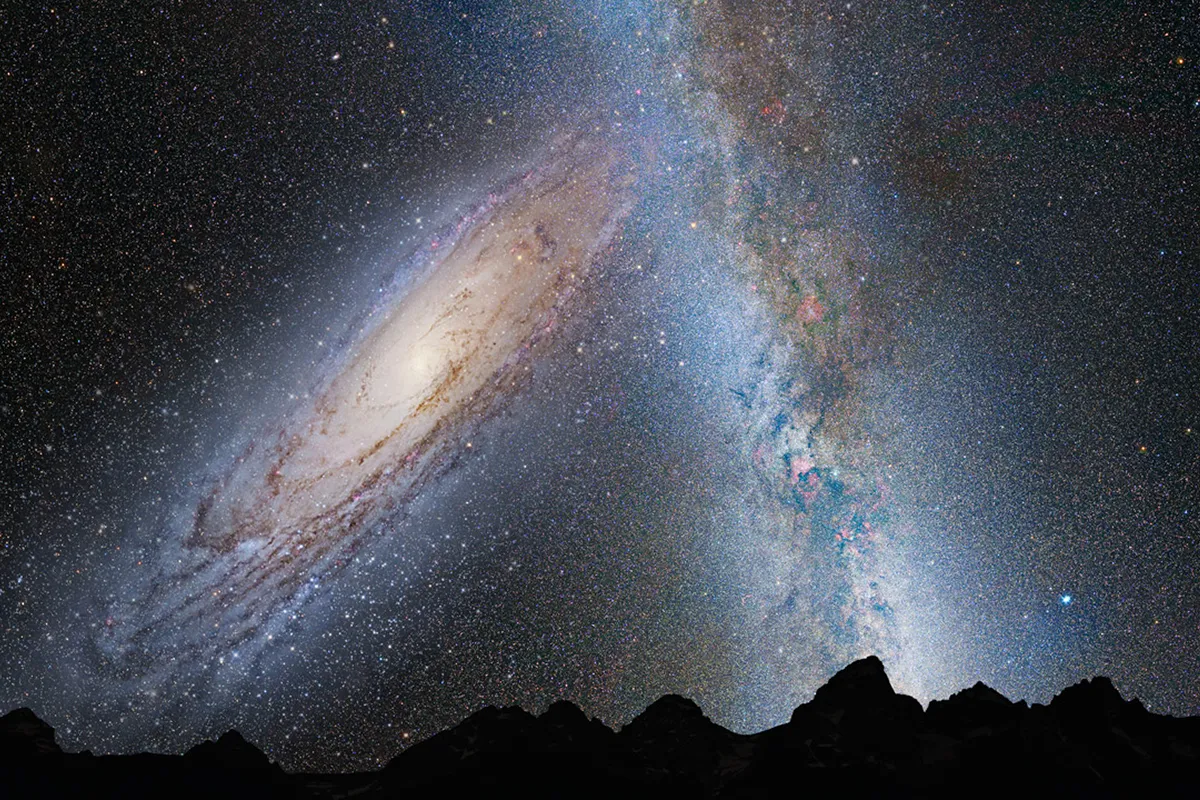
What happens when two galaxies collide?
I'm not a big fan of the word ‘collide’, because it's not really what happens.
I think ‘merger’ is probably a softer word, because when galaxies merge, the stars in those galaxies don’t actually hit each other.
They're not like snooker balls. They gravitationally interact. A collision in this sense is often really a gravitational collision.
When two galaxies merge, they essentially redistribute the stars and matter around them.
It is a gentler process than I think 'collision' makes it sound, and that's because stars are very far apart. Most galaxies are actually pretty empty.
There's a lot of space between stars, so it’s very unlikely that two stars would hit each other, but they do gravitationally interact.
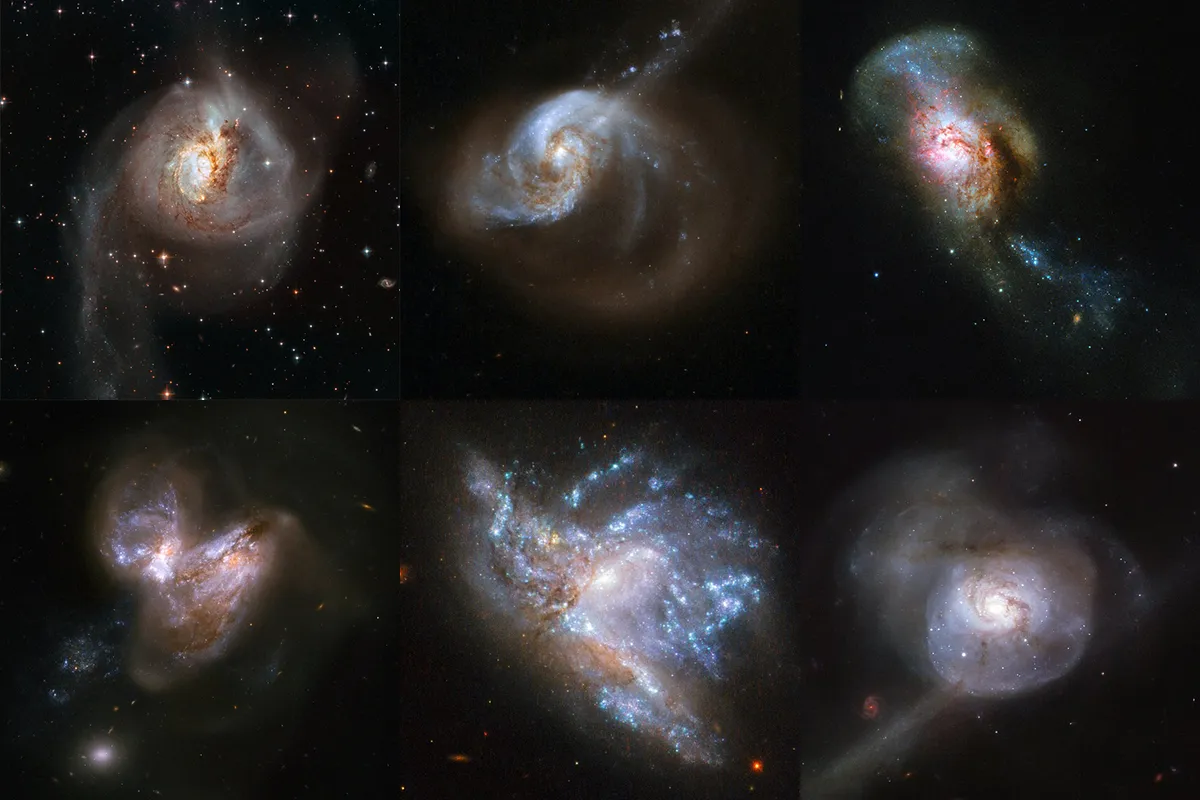
What about the supermassive black holes at the centres of galaxies? Do they collide?
The black holes in the very central regions of galaxies are particularly interesting.
What we think happens is when two galaxies merge, those two black holes actually merge together to form an even bigger black hole.
And that event itself can cause something known as an AGN, which are 'active galactic nuclei', where the black hole actually shines.
There's so much energy involved that actually we get a lot of light coming from that black hole, and that can have a big effect on the new galaxy, the leftover remnant galaxy.
It can, for example, trigger more stars forming, and this is one of the more energetic events that can happen when galaxies merge.
You would think a Galaxy merger would be mostly destructive. Why does a merger reignite star formation?
That's really to do with the gas within the galaxies, because the stars gravitationally interact.
These violent bouts of star formation are caused by gas within the galaxies getting compressed.
And AGNs are caused by surrounding gas feeding the central back hole.
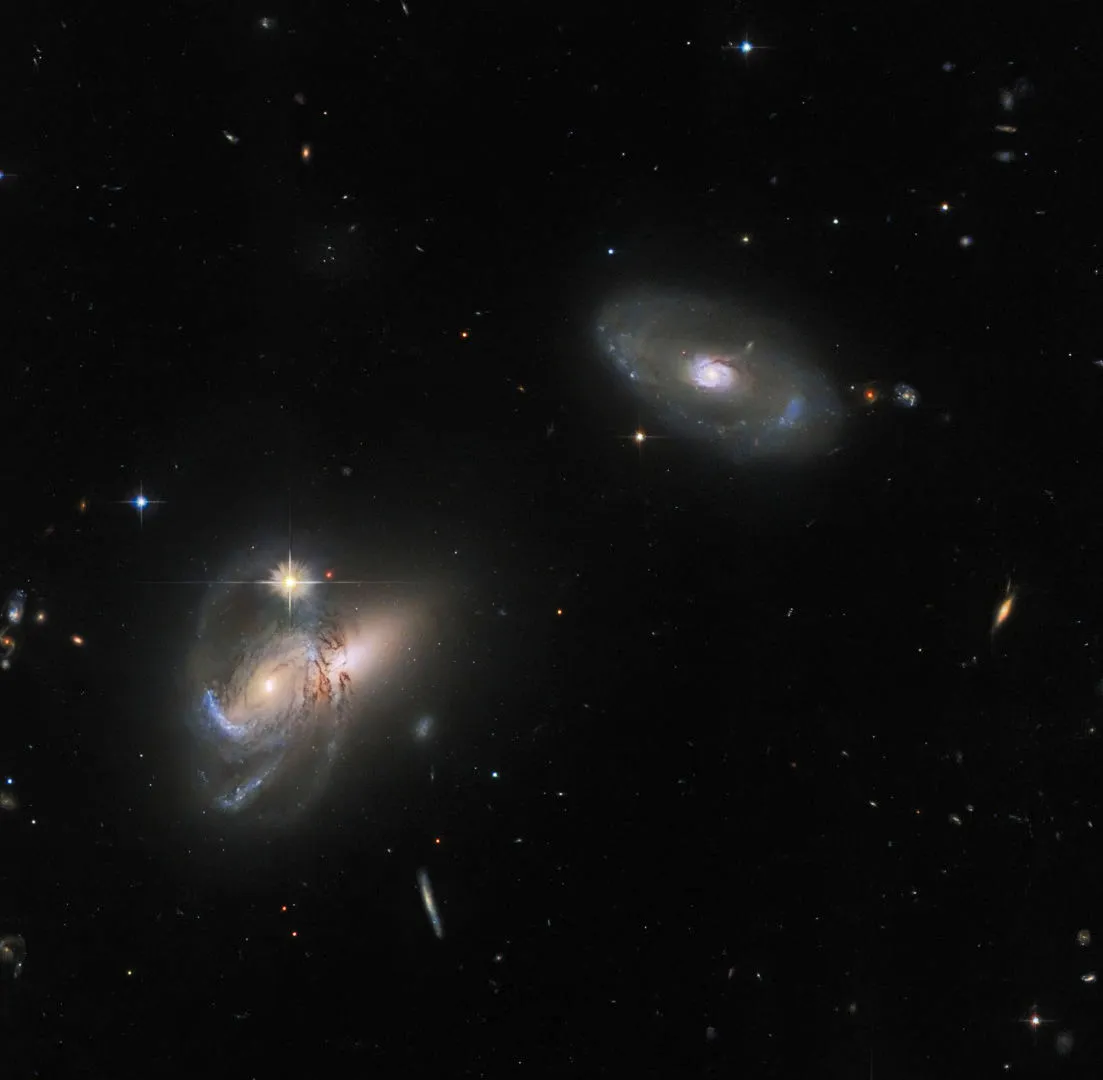
What do we know about the Andromeda-Milky Way collision?
The previous understanding within the astronomy community, was that our Galaxy was eventually going to merge with the nearby Andromeda Galaxy.
That timescale is about 5 billion years, so it’s not going to happen any time soon, but it was considered an inevitable event.
But what we found in our more recent work using new measurements, and taking into account uncertainties in these measurements, is that actually it's more like a 50/50 chance this will happen.
And even if it does, it may not even happen within the next 10 billion years. Certainly it's not inevitable to happen in 5 billion years.

How is it possible to predict something like this?
The data that we use is key.
What causes galaxies to merge is gravity, so that’s the central physics that helps us understand this.
We need to know how far away the galaxies and stars are, how massive they are and how much they're moving.
And these are really the only ingredients we need in order to predict what might happen between galaxies.
I make that sound very easy, but it's actually very hard to know these things
The Andromeda Galaxy is very far away, and it's difficult to have precise measurements for how fast things are moving.
We have measurements for these properties, but they do still have uncertainties.
And because we don't know exactly how fast objects are moving or exactly how massive they are, it means there's a small amount of wiggle room that can, in some cases, mean a predicted galaxy merger would actually turn out to be a near miss.

The observatories mentioned in your study are Gaia and Hubble. How did these missions help?
The Gaia space telescope was designed to study our Galaxy, and we haven’t had many missions that have done that.
The Hubble Space Telescope looks at lots of different galaxies across cosmic time, but Gaia maps the motions of a significant fraction of stars in our Galaxy to exquisite detail.
It tells us how fast they're moving and it's been our way to create, if you like, a map of our Galaxy and what the stars are doing within it.
We've never had that before, so it's completely revolutionised Milky Way research.
Gaia launched in 2013 and we got our first data in 2016, so it’s been going for some time now, and it’s completely changed our view of the Galaxy.

How did Hubble help with with the study?
The Hubble Space Telescope is particularly interesting because it's got such a high resolution camera and because it's been going for so long.
We take a picture of something and then we take the same picture of that same target 10 years later, and everything's slightly moved in that time because objects in the Universe are moving.
It's a very, very small change, but the longer time baseline we have, the more accurate we can measure it.
So we use Hubble data from a long time ago with very new data to give us an accurate measurement of how fast things are moving in the sky.
Are there any other observatories you might use to further refine these measurements?
There are definitely many coming up in the future. Hubble's been going for a long time, but it's coming to the end of its life.
The James Webb Space Telescope has got many science aims, but it has also got very good resolution, and we can even combine Webb images with Hubble images to look at the motions of objects in space.
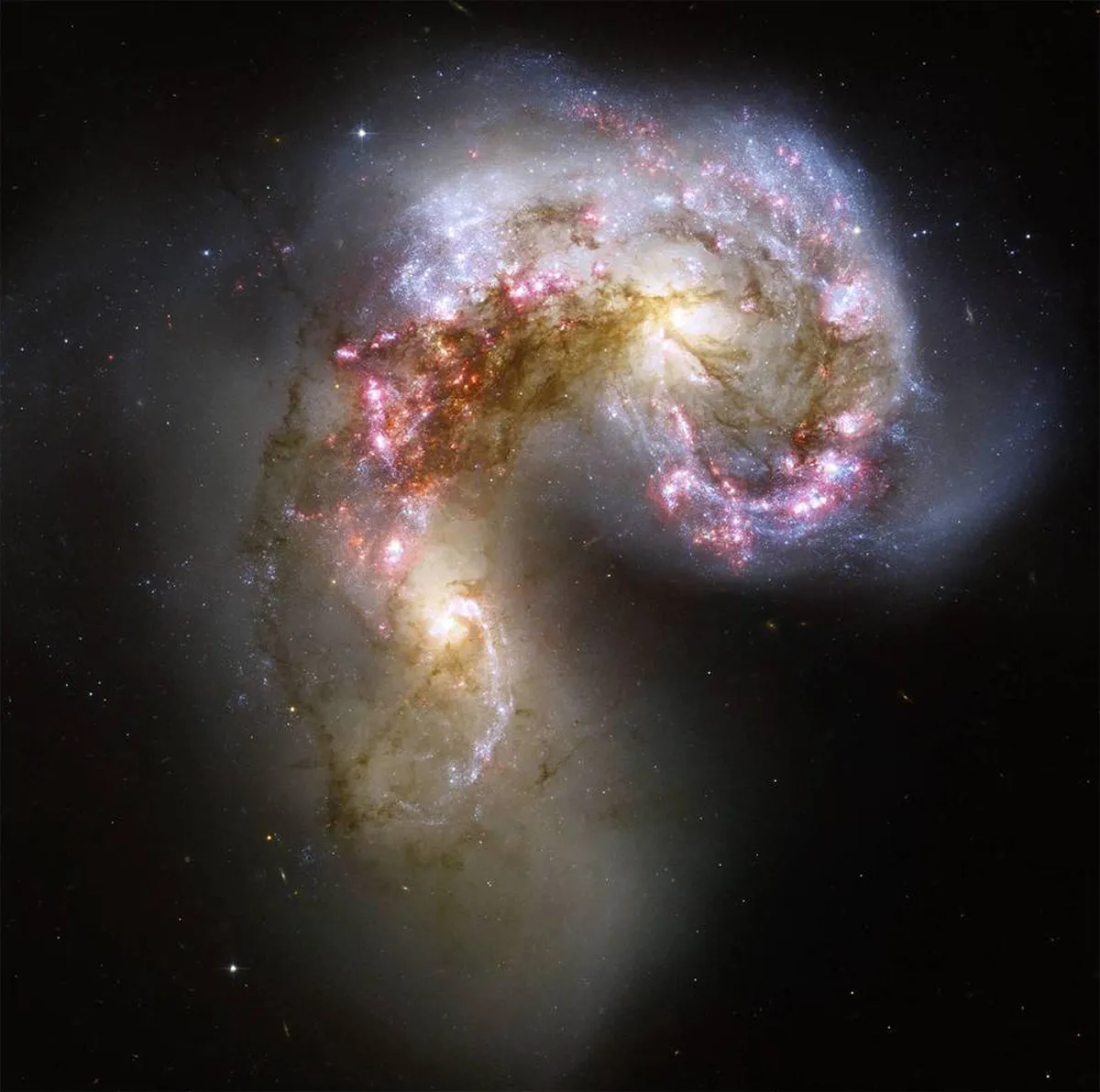
Let's imagine the Andromeda-Milky Way collision did happen in 5 million years. What would happen to us?
If our Galaxy did merge with the Andromeda Galaxy in 5 billion years, in terms of what would happen to our Solar System, we may not be impacted that much.
Probably the most that would happen is that our Sun would be nudged a little bit off its orbit.
We may go to a slightly different part of the Galaxy, but it's unlikely that anything more drastic than that would happen.
But I think the Sun is particularly important here because that's our life force.
Unfortunately in 5 billion years, I don't think the Sun is going to be helping us that much in fact, because it will have evolved to be a red giant.
It may even have grown large enough to have engulfed Earth by then, so I think we'll have bigger problems to worry about!
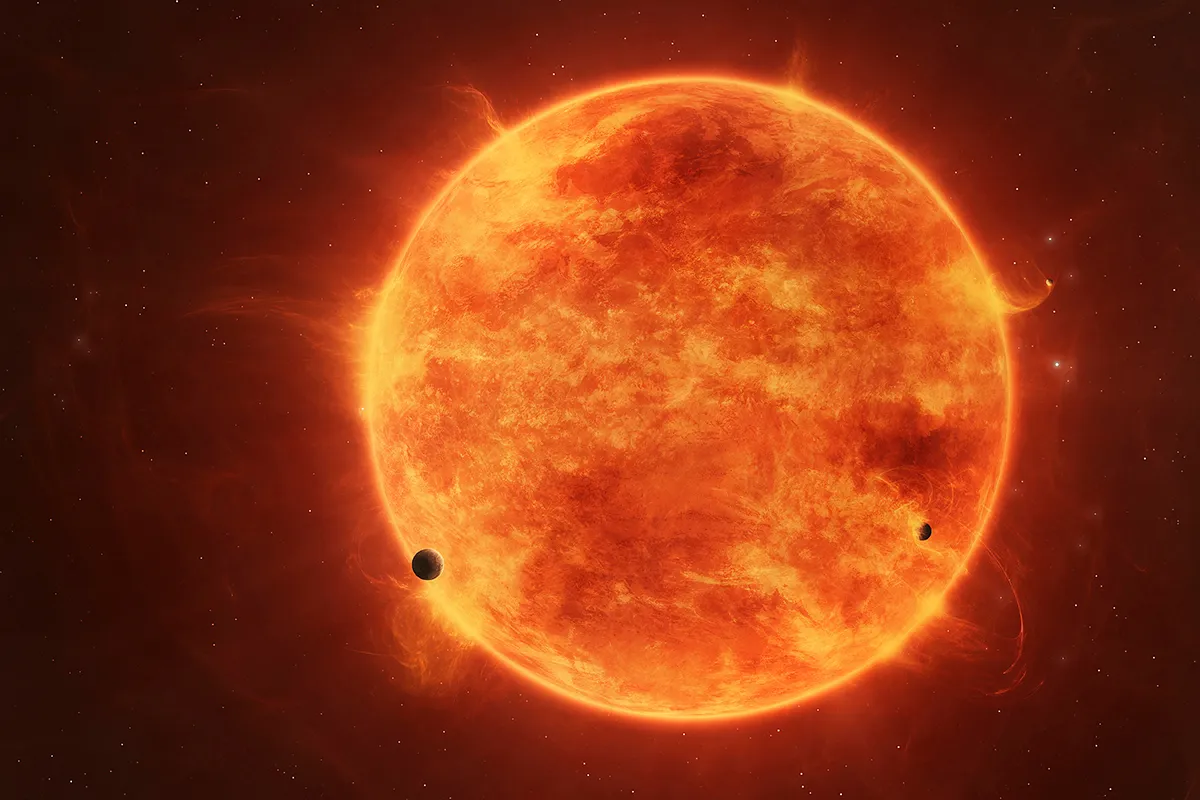
Presumably, if we had to pick a winner, the Andromeda Galaxy would win, given it’s much bigger than the Milky Way?
We think so. But that's actually an interesting point.
Part of the uncertainty in our measurements, in terms of whether the two galaxies are going to merge, is that we don’t know the masses of the Milky Way or Andromeda Galaxy very well.
In some studies it's been suggested that the Milky Way is bigger, and in others it’s Andromeda.
I think there’s more to suggest it’s Andromeda, but it's not yet certain because it's quite difficult to measure the total mass of them.
So at this point I'd probably bet on the Andromeda Galaxy being bigger.
What about those beautiful images we see of two galaxies warping into each other? Do they eventually settle down and look like a regular galaxy again?
If you do have a disc galaxy that undergoes a massive merger, it would be very hard to retain that structure.
Those lovely spiral arms are the things that mostly get messed up by these big mergers.
And what's more likely to happen is you’d end up with a big elliptical galaxy, so something a bit more spherical shape in the sky.
That's probably not as pretty in a picture, but I think a galaxy merger would settle down in the sense that all the matter redistributes eventually, so it won't be as messy.
It will turn into something a bit more structured and the stars will have more structured orbits.
And we do see a lot of elliptical galaxies in our Universe, and the Andromeda-Milky Way galaxy merger would probably eventually become just like those.
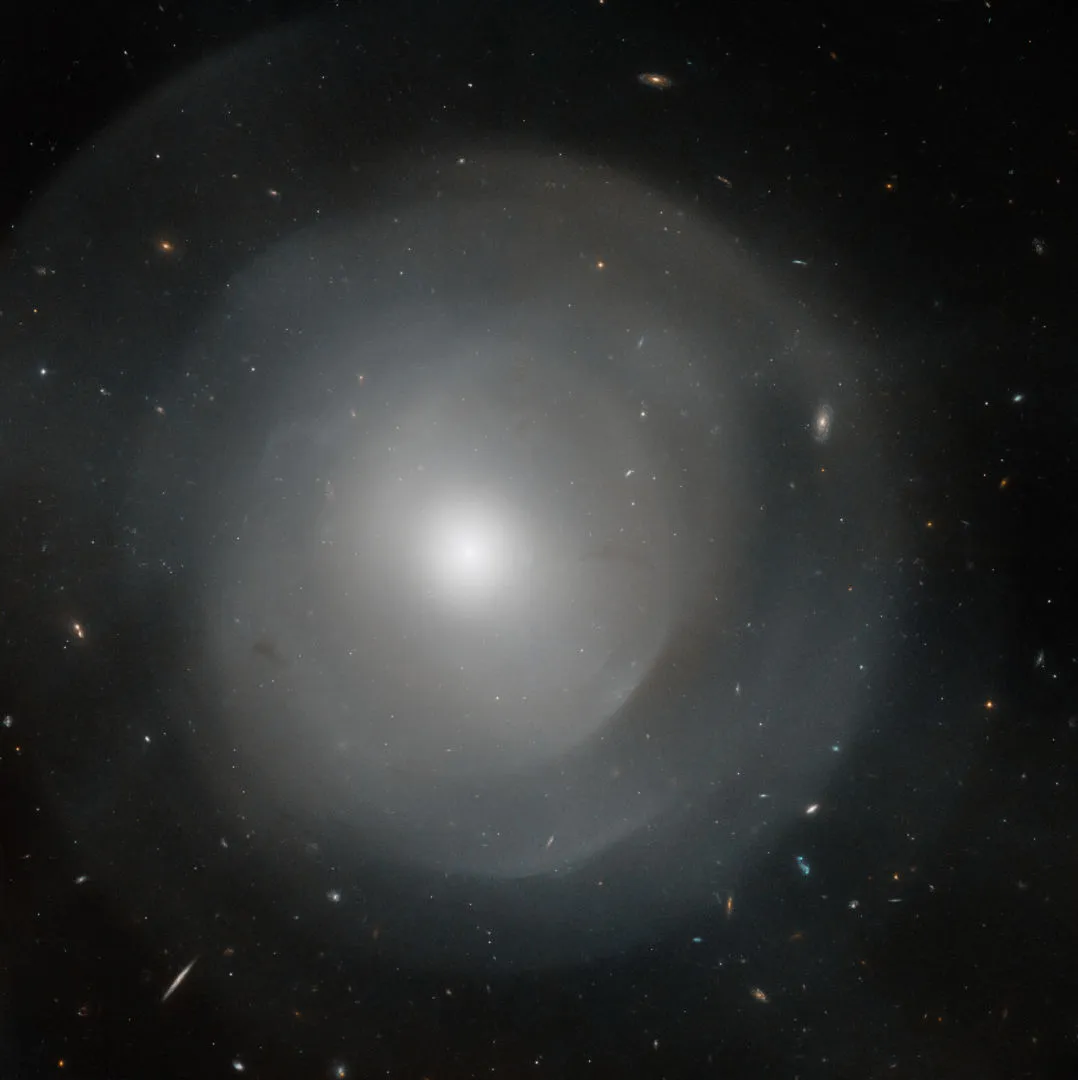
Are there any other galaxies with our Local Group that might collide?
Part of the collision between Andromeda and the Milky Way does depend on other things.
We have our own massive satellite galaxy, the Large Magellanic Cloud, which you can see in the Southern Hemisphere night sky with the naked eye.
And Andromeda has its own massive satellite too. And these slightly smaller, but still fairly massive objects also affect the orbits because they have mass.
Anything with mass can affect gravitational interactions, but the more massive an object is, the more impactful it is.
And we found that the Large Magellanic Cloud would actually nudge the orbit a little bit to make the merger between the Andromeda Galaxy and the Milky Way less likely.
That was one of the interesting things we found, but there are other satellite galaxies – smaller galaxies – in our system that we haven't modelled yet.
If we want to do more refined work on this, we could study every single mass distribution that we can in terms of this interaction.

Do you intend to do any further work on this?
That's definitely on the cards, but that will move beyond the realm of just being able to use Newtonian gravity and equations.
I think this will need much larger supercomputers and simulations.
We use computer simulations to help us work out the physics of what might happen, and we'll need a lot more help if we want to include all those different elements.
